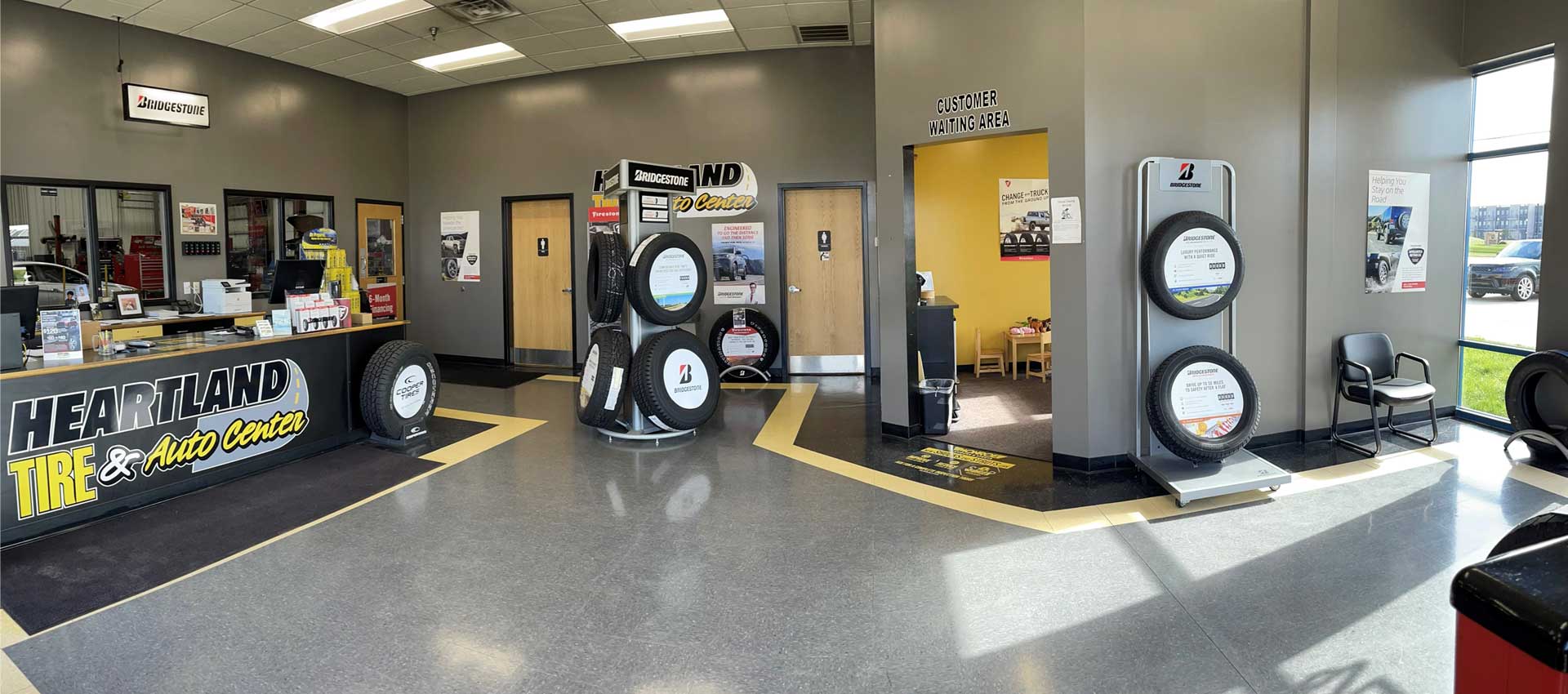Tire Solution: The Effect of Weather
When it concerns making certain ideal efficiency and safety when driving, recognizing the impact of weather on tire service is essential. From scorching warmth to icy roadways, each climate aspect can significantly affect tire functionality and total driving experience. By diving right into the results of differing weather on tires, motorists can gain important insights that may enhance their automobile's efficiency and longevity. In this discussion, we will certainly check out the complex relationship in between weather problems and tire service, losing light on the importance of weather-specific tire maintenance methods and considerations.
Warm and Tire Efficiency
When exposed to high temperature levels, tires experience modifications in performance that can dramatically affect vehicle safety and security and handling. The warm generated from long term driving or hot weather problems causes the tire rubber to soften, leading to lowered walk life and increased wear.
Moreover, high temperatures can increase the process of tire aging, causing the rubber to deteriorate a lot more promptly. To reduce the impacts of warmth on tire performance, chauffeurs must routinely check their tire pressure, rotate tires to make sure also put on, and inspect for any signs of damage.
Winter Results
Winter conditions can have a considerable effect on tire efficiency and security. As temperature levels decline, tire rubber can set, leading to decreased grip on icy or snow-covered roadways. In winter, tires might additionally shed air stress extra swiftly, which can influence taking care of and gas effectiveness. Additionally, cool temperature levels can trigger tire sidewalls to tense, enhancing the threat of damages from potholes or various other road threats.
To alleviate the impacts of cold weather on tires, it is crucial to routinely check tire stress and inflate them to the producer's advised degrees. Making use of winter season or all-season tires made for winter conditions can additionally enhance traction and hold on icy or snowy roads - morris tire and alignment. Proper tire upkeep, consisting of routine evaluations for wear and damages, ends up being much more crucial throughout colder months to make certain ideal efficiency and safety
Rainy Issues Impact
During rainy conditions, tire performance and safety can be considerably influenced by the wet road surface areas and lowered presence. The step pattern of tires plays a critical duty in keeping grip on damp roads. Tires with worn-out footsteps are extra vulnerable to hydroplaning, where a layer of water develops in between the roadway and the tire surface, resulting in loss of traction. To combat this, drivers need to regularly evaluate go to my site their tires for appropriate walk depth and consider purchasing tires particularly developed for wet problems.

Snow and Tire Security
When driving in snowy conditions, having the ideal tires can make a significant difference in safety and performance. Wintertime tires are made with special rubber compounds and tread patterns to provide much better traction on snow and ice compared to all-season tires.
In addition to utilizing wintertime tires, it is essential to ensure they are appropriately inflated. Cold weather condition can trigger tire see this site stress to go down, influencing traction and handling (tires morris il). Consistently inspecting and maintaining the proper tire stress is necessary for optimum performance in snowy conditions

Weather-Related Tire Upkeep
Weather-related tire maintenance encompasses an array of techniques aimed at ensuring optimum tire function and longevity in various weather condition scenarios. One key element of weather-related tire maintenance is tire stress guideline. Examining tire step on a regular basis and replacing tires when step wear gets to a certain deepness is important for keeping traction and security in negative weather.
Verdict
Finally, climate condition have a considerable influence on tire performance and safety. From warmth impacting tire stress and wear to winter lowering traction, it is vital to think about the weather when preserving and using tires. Rainy conditions can lower grip and bring about hydroplaning, while snow can enhance the danger of accidents if tires are not appropriately equipped. Weather-related tire maintenance is vital in ensuring ideal efficiency and safety when traveling.
In this discussion, we will explore the elaborate connection in between climate problems and tire solution, losing light on the relevance of weather-specific tire upkeep practices and considerations.
